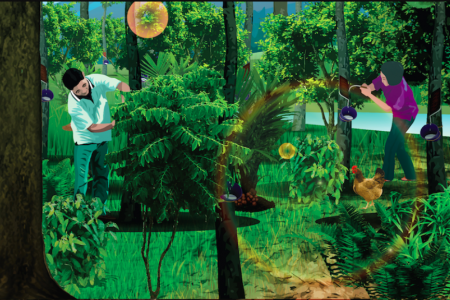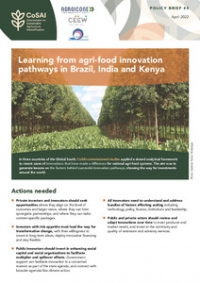The primary goal of this project is to develop a generic ABM framework with an online user interface and to test this approach in up to 3 WLE focal regions: the Niger, Mekong and Indus. We will thus advance a WLE basin scale modelling and synthesis platform that can be applied across all focal regions. This nested modelling platform will enable (i) assessment of management choices (explore “what if” questions, (ii) aggregate lessons, (iii) integrate outputs/insights, (iv) explore scalability and do scenarios exploring BAU/Sustainability pathways under different futures (e.g., climate change) (new investment, build on existing models, MVR and Innovation Fund investment).
The envisioned framework couples a distributed hydrologic model with an agent-based river basin model, where water users, including people and ecosystems are defined as agents, and will build on a framework and application originally developed for the Yellow River Basin Focal Project (Ringler et al. 2010, https://waterandfood.org/2011/10/21/bfp-yellowriver/).
This “next generation of river basin modeling,” ABM approach allows model builders to interact with key stakeholders: policy makers, the private sector, NGOs and large scale investors to develop better, evidence-based research on coupled human-natural systems. It also provides a framework that allows key stakeholders to engage with each other. Using available data, human agents will be defined based on their location, purpose and gender and ecosystem agents will be defined as critical habitats (or protected ecological areas). The utility function of each agent is the major driving force that regulates agents’ behavior. Data mining and analysis techniques will be used to construct utility functions for each agent.











